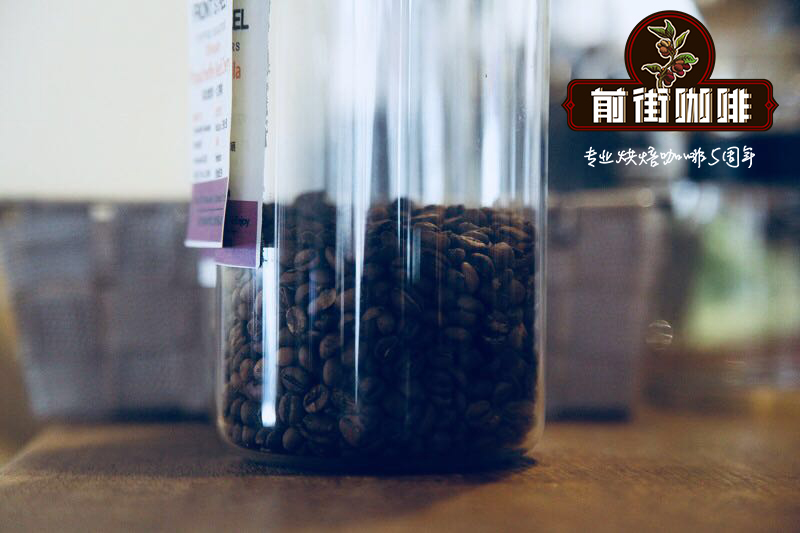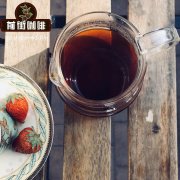How to make Brazilian Santos Coffee? is Brazilian Santos Coffee good with V60?

Professional coffee knowledge exchange More coffee bean information Please pay attention to coffee workshop (Weixin Official Accounts cafe_style)
Brazilian coffee is named after its port (Santos), its output accounts for about 1/3 of the world's total coffee production, occupies a pivotal position in the global overall trading market, so the quality of coffee produced is uniform, generally considered to be an indispensable coffee bean for mixing and blending, and its taste is round, neutral and moderately sour.
The aromas of Brazilian Santosh coffee are very harmonious, neutral and fragrant, with aromas of red dates and dried fruits, cinnamon, nutmeg and earth. The taste is initially balanced, then slightly sour and spread, and the final throat is slightly bitter.
Generally used almost as a blend, high flavor, suitable bitter taste, as well as high-grade sour taste, can also be directly drunk. Since ancient times, it has been a necessity for blended coffee and is familiar to the public. Brazilian coffee beans are also often used to blend blended coffee, because of its characteristics, regardless of which kind of beans are very suitable, because it can provide stable quality beans, so Brazil coffee production ranks first in the world. Adding Brazilian beans to sour beans can ease the over-personalized flavor of other coffees through the bitterness of Brazilian coffee, such as mocha, Guatemala, Kilimanjaro and other sour beans. Brazil will synthesize its bitterness to ease the sourness of other coffees, and the taste will become more smooth. Brazilian santos coffee is exported from santos port in sao paulo state and is the highest grade of brazilian coffee. Large, pale green or yellowish beans with brown cracks in the middle. Beans are treated by solarization.
Santos NO2 is a 300g green bean with no more than 4 defective beans, the highest grade of Brazilian santos coffee, and is sorted by screening with a sieve of the same size for each hole, 18 mesh large beans.
Front Street Brazil Mountain Toast Coffee Brewing Recommendations:
Filter cup: Hario V60
Water temperature: 88 degrees
Polishing degree: Small Fuji Polishing degree 4
Cooking method: water-powder ratio 1:15, 15g powder, first injection of 25g water, stewing for 25s, second injection to 120g water, water cut off, wait for the powder bed water to drop to half, then inject water slowly until 225g water, extraction time about 2:00
Important Notice :
前街咖啡 FrontStreet Coffee has moved to new addredd:
FrontStreet Coffee Address: 315,Donghua East Road,GuangZhou
Tel:020 38364473
- Prev

How do you drink Mexican coffee? can I make iced coffee espresso?
Professional coffee knowledge exchange more coffee bean information Please pay attention to the coffee workshop (Wechat official account cafe_style) located in Mexico at the northern end of Central America, is the world's fourth largest coffee producer, mainly growing coffee beans in Arabica. Due to the influence of geography and weather environment, almost all the well-known Mexican coffee producing areas in the world are in the southeast of the country.
- Next

What does Arabica coffee taste like? will Arabica coffee taste better?
Professional coffee knowledge exchange more coffee bean information Please pay attention to the coffee workshop (Wechat official account cafe_style) Coffee varieties can be divided into Arabica, Robusta and Liberica if they are biologically classified. The main varieties to drink in the world are Arabica and Robusta. Due to the low production of Rabrika or
Related
- Beginners will see the "Coffee pull flower" guide!
- What is the difference between ice blog purified milk and ordinary milk coffee?
- Why is the Philippines the largest producer of crops in Liberia?
- For coffee extraction, should the fine powder be retained?
- How does extracted espresso fill pressed powder? How much strength does it take to press the powder?
- How to make jasmine cold extract coffee? Is the jasmine + latte good?
- Will this little toy really make the coffee taste better? How does Lily Drip affect coffee extraction?
- Will the action of slapping the filter cup also affect coffee extraction?
- What's the difference between powder-to-water ratio and powder-to-liquid ratio?
- What is the Ethiopian local species? What does it have to do with Heirloom native species?

